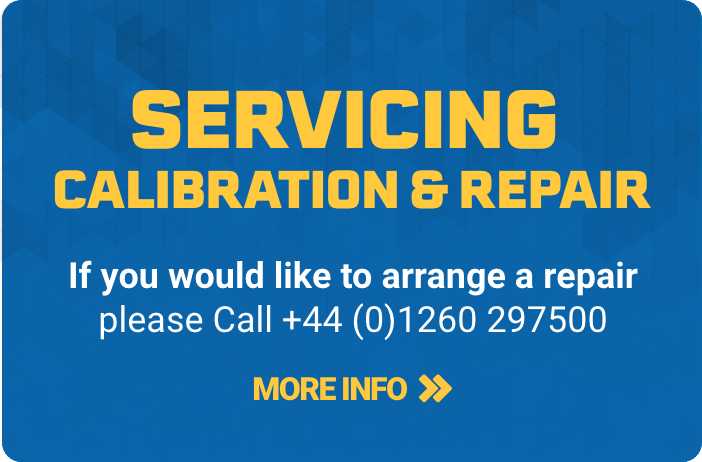Also known as pneumatic hammers or air hammer chisels, air hammers are used by DIYers and professionals of various industries to perform multiple tasks, such as carving, drilling, and removing hard materials like stone, tiles, bricks, and metal.
You can also use an air hammer to smooth a surface. In this blog, we will delve deeper into how air hammers work and how you can use them to smooth metal.
But first, how are air hammers capable of helping you accomplish a wide variety of tasks?
The answer is by switching up the inserts/bits in your air hammer.
You can acquire various inserts, such as chisel inserts, hammer bits, cutting accessories, and tapered punches.
Air hammers can be very dangerous, so you should only use this tool if you understand them well.
Safety precautions before using an air hammer

There are several precautionary measures you should take before using an air hammer, which are as follows:
- You must wear the appropriate PPE (Personal Protective Equipment). For example, you should wear safety glasses, gloves, and earplugs. Air hammers can reach noise levels of around 90 dB or more, which, if exposed to it long enough, can cause hearing loss for the user.
- Ensure you start on a low setting, gradually increasing the power as you go along.
- Inspect the surface you are working on and adjust your device's air pressure accordingly.
- When changing air hammer bits, always switch your tool off and disconnect it from the pressurised tank.
Using Your Air Hammer
1) Clean Your Workspace

Nothing is more of a hindrance when working with tools than having an untidy workspace. If your work area is dirty and littered with obstacles, it will slow you down and potentially be hazardous.
So, before you begin working with your air hammer, clear away any items that aren't needed and wipe the surface with a clean cloth to remove any dust.
2) Identify The Chisel Bits You Need
The type of bits you require will depend on your air hammer and the task you are undertaking.
It may be worth acquiring an air hammer and chisel set if you plan on accomplishing multiple tasks.
An air hammer with 5 chisel heads is ideal for surface work and other jobs, such as general bolt cutting.
To smooth out dents in metal, you will need a flat head insert. This type of insert is designed for pounding, so it effectively drives out dents to straighten a surface. You can also use a flat head insert to drive out unwanted fasteners, such as unnecessary bolts.
Always check your inserts/bits are sharp, clean, and undamaged before using them. A cracked or blunt bit is hazardous, increasing the risk of injury and shoddy results.
3) Lubricate Your Air Hammer

You must lubricate your air hammer before using it.
You should use an appropriate oil, such as air tool oil or hydraulic oil, as your lubricant.
If your air hammer is new, 2 to 3 drops of oil should be sufficient. However, an older air hammer may require more oil.
Regardless of the age of your air hammer, you should thinly yet thoroughly apply oil every 2 to 3 hours.
4) Properly Install Bits
Before you insert a bit into your air hammer, unscrew the retainer spring. Then, once you have inserted the bits into the cylinder, screw the spring back on. To check that the bit is secure, firmly pull on it.
Read your instruction manual carefully to understand how to insert bits correctly into your air hammer.
5) Start Smoothing
As mentioned, always begin your task with your air hammer at a low setting. You can increase the pressure as you go along with the task.
You should also hold your air hammer with both hands to keep it secure.
Locate the area on the metal you want to smoothen out, i.e. where there is an unwanted bump or dip. Wherever the dent is, you must use your air hammer on the side where the metal protrudes outwards (where there is a bump, not a dip).
Place the piece of metal you’re working on against an anvil to keep it steady, making your task easier.
With the air hammer on the bump, pound the area until the dent smooths out. The tool will make quick, light work of the task, but remember to wear the appropriate protective gear!
You may need to use other tools, such as a ball pein hammer, to straighten any stubborn, hard-to-reach areas.
Now you know how to use an air hammer to smooth a surface safely; however, contact us if you have any questions regarding air hammers or require any assistance with other tools and accessories.


























